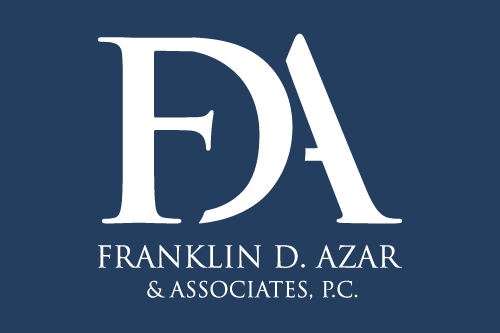We all depend on insurance companies to protect us in the worst of times. We all buy insurance hoping that we never need to submit a claim, yet trusting that we are “covered” in the event of an accident or calamity.
But are you as safe as you think? As members of a plaintiff’s personal injury law firm, we’re accustomed to having disagreements with insurance companies about what a claim is worth and how it should be handled. Sometimes a jury has to decide who’s right; that’s what our legal system is all about. But it’s also our experience that some insurance companies are more conscientious than others when it comes to protecting their own customers from loss.
Many people don’t realize that their purchase of liability insurance for their vehicle places certain legal obligations on the insurance company. For example, if you are the at-fault party in a car crash and the other driver files a claim against you, your insurance company has an obligation to investigate that claim. If there’s a reasonable chance that a verdict against you at trial will exceed the amount of coverage specified in your policy, the insurance company is required to settle that claim, if possible, so as not to put you at financial risk.
But it doesn’t always work out that way. The insured person has little to say about how the case turns out. The insurance company takes complete control of the defense of the case, and it’s the company that decides whether to settle the case or go to trial — even though the client is the one who stands to lose the most if the verdict goes in favor of the plaintiff.
Different companies handle these decisions differently, of course. But we believe State Farm has demonstrated bad faith conduct in serious injury cases that consumers should know about. Here are two case summaries that detail the kind of conduct we mean:
- Pueblo County, December 2016: A single mom, Ms. X, rear-ended the car in front of her, pushing it into the car ahead of that one. There was substantial damage to both vehicles, and the driver of the car that was hit had to have back surgery. She had around $200,000 in medical bills. Ms. X, who admitted fault, was insured by State Farm, with $100,000 in liability coverage. It was the most coverage she could afford, and she bought it because she wanted to protect herself financially in the event of a crash. State Farm had several opportunities to settle the claim for the policy limit, $100,000. State Farm refused to settle and protect Ms. X, taking the position that the crash didn’t cause all the victim’s injuries. The jury disagreed and came back with a verdict that exceeded $400,000. Even though it controlled the defense and chose not to settle the case for Ms. X’s policy limits, State Farm maintained that it would only pay $100,000 and that Ms. X would have to come up with the other $300,000. Ms. X is now suing State Farm to hold it responsible for its decision not to settle the claim when it had the chance. She is facing years of litigation and the stress that goes with it.
- Jefferson County, April 2019: A head-on collision left both drivers seriously injured and hospitalized. Both drivers said the other was driving in the wrong lane, but police analysis concluded that Mr. Y, insured by State Farm, caused the crash. The other driver suffered life-threatening injuries, and his treatment cost more than $700,000. Mr. Y had purchased $250,000 in insurance from State Farm. He owned a home and had a retirement nest egg, and he wanted to protect those assets. The Azar attorneys offered to settle the case for the $250,000 policy limits — an offer that, if accepted, would have protected Mr. Y’s home and retirement funds. State Farm refused the offer and went to trial once again. The jury returned a $2.7 million verdict against Mr. Y. State Farm paid only $250,000 of that award, leaving Mr. Y responsible for the rest. Mr. Y now has to sue State Farm to force it to accept responsibility for its choice to go to trial rather than pay $250,000 and protect Mr. Y’s home and retirement. Mr. Y, like Ms. X, is facing years of litigation and the stress it brings.
State Farm was also the insurance company at issue in a memorable bad faith case, State Farm v. Campbell. Campbell was State Farm’s insured, facing civil claims in an accident that killed one person and injured another. State Farm refused to settle the claims for $50,000 (the policy limits), while assuring Campbell that his assets were safe and there was no need for him to hire his own lawyer. A jury awarded damages of $185,000; State Farm agreed to pay only $50,000. The company advised Campbell to put a “For Sale” sign outside his house. Campbell sued State Farm to get it to pay the full verdict, and a jury awarded him $2.6 million in compensatory damages and $145 million in punitive damages (later reduced on appeal).
It’s been forty years since the crash that led to the Campbell case, but it’s our view that not much has changed at State Farm. By not meeting its obligations to achieve reasonable outcomes in cases involving serious injuries, the “good neighbor” company is looking out for itself and putting its customers at risk of financial ruin. This good neighbor may just force you to lose your home.



